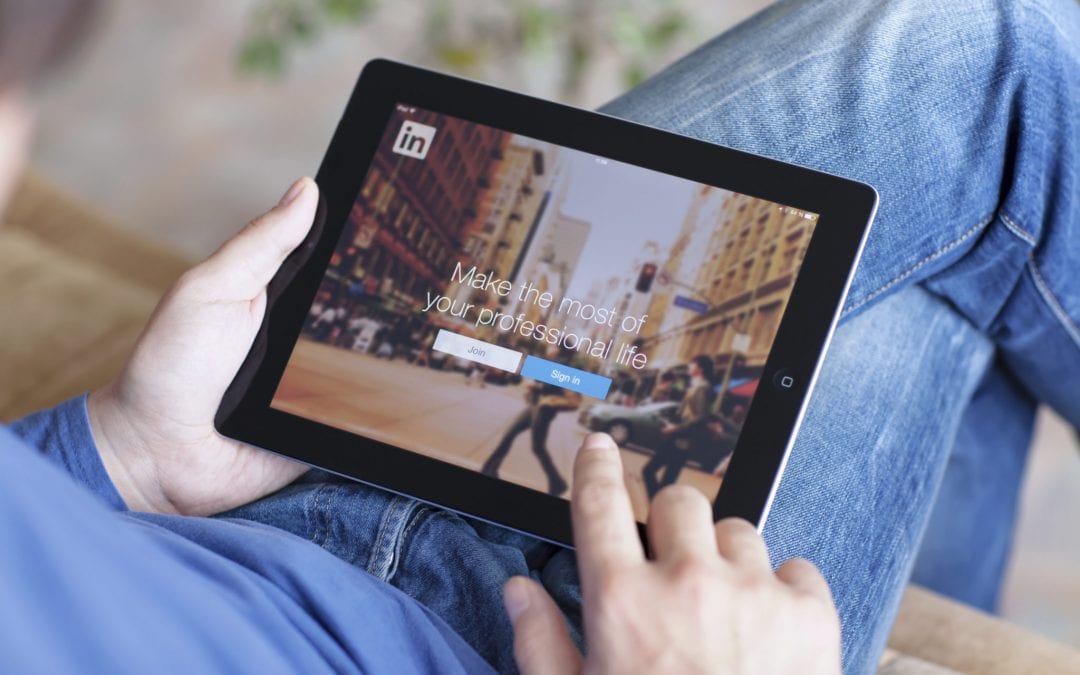There’s no denying that LinkedIn has become a valuable tool for recruiters. The social network, used by 400 million professionals, overhauled its recruiter platform this past spring to cement their status as the go-to for hiring talent.
Recruiting on LinkedIn seems to be easier after updates to their search functionality, now complete with predictive actions and more intuitive
Focusing on what employee recognition actually is will save precious resources, and face. Think of it as a gesture that acknowledges hard work and a job well done. Don’t worry about assigning a specific monetary value, or having the right people aware that you have gone through the trouble acknowledge an employee.
Capped Searches
You’re finally hitting a stride in your searching, connecting all the dots in a particular department. Right when you’re about to unearth your ideal applicant (or at least someone who definitely knows them), LinkedIn pulls the cord.
“You have reached the commercial use limit on search. Try Premium for Free!”
If you’re hitting the Commercial Use Limit frequently, LinkedIn figures you’d benefit from an upgrade to Premium, an idea that most recruiters feel unnecessary. To add to the confusion, LinkedIn hasn’t identified where the exact threshold is. The limit is likely determined by individual search patterns and frequency, but this is a restraint that can easily be forgotten about when recruiters get busy.
To avoid hitting this limit, consider the X-Ray search method, described here from Boolean Black Belt. Or, warm up to the idea of seeing LinkedIn Premium as you would your CRM or any other database that requires payment.
Less Engagement
According to Smart Insights, LinkedIn lags in daily visitors. With just under 20% of a user base visiting on a daily basis, quality and relevancy of content could be prone to sink.
While LinkedIn has come a long way in becoming a content hub for peers and respected influencers alike, readily digestible and newsworthy content is just easier to access on Facebook. Our tendency to pull up a cat video on Facebook while waiting for coffee is higher than personalizing InMails to people we want to impress and connect with.
Because LinkedIn begs more time from their users, people inherently approach it with caution. As a result, engagement rates aren’t as seemingly effective and eye-catching as Facebook.
Users need to see an updated profile as an advantage of being current. Encourage prospects to follow thought leaders within their respective industry for content straight from the source. The more connected to professional interests and trends a candidate is, the more naturally visible they become to opportunities – and you.
Stale Information
A consequence of less engagement on a social site is the staleness of information. Forbes and Inc. both chime in on the value of keeping profiles accurate, personally branded, and totally up-to-date.
Awareness that you might not have all that in every prospects’ LinkedIn profile can save you from a ton extra digging around, which we know only brings you closer to hitting that capped search.
Take these tips to your next LinkedIn search, but rely on what already makes you a smart recruiter: curiosity and people skills. With that in mind,





